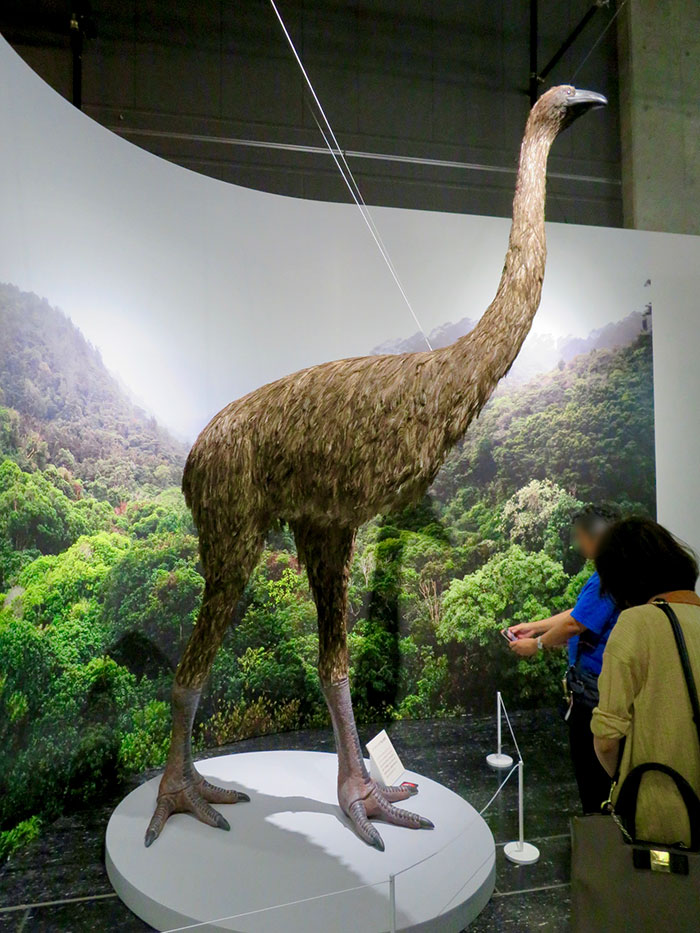About three decades ago, a team of archaeologists found a dinosaur-like claw that still had its flesh and muscles attached to it on Mount Owen in New Zealand.

It turned out, the claw was 3,300 years old and belonged to an extinct bird called Moa, which disappeared from the Earth 700 to 800 years ago shortly after humans arrived on the islands.

There are about 10 species of Moa, which first appeared on the Earth around 8.5 million years ago. The two largest species were about 12 feet (3.6m) in height with its neck outstretched and weighed about 510lb (230kg), while its smallest species was the same size of a turkey.

“The inescapable conclusion is these birds were not senescent, not in the old age of their lineage and about to exit from the world. Rather, they were robust, health populations when humans encountered and terminated them,” suggested Trevor Worthy, and evolutionary biologist.
You might want to read:
– Extinct bird back from the dead, scientists find
– What about penguins? A closer look at these adorable animals
– Plastic threatens Galapagos fauna





